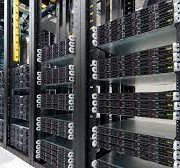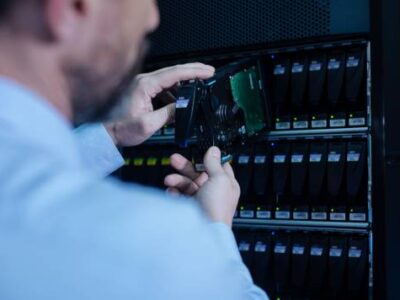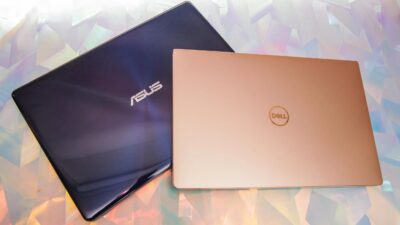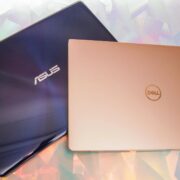Servers are the workhorses of modern business operations, handling critical tasks such as data storage, application hosting, and network management. Choosing the right servers for your organization is essential to ensure optimal performance, reliability, and scalability. However, with a plethora of options available on the market, the server buying process can be overwhelming. To simplify your decision-making, we have compiled a comprehensive server buying checklist with key factors to consider when evaluating and purchasing servers for your business.
1. Assess Your Requirements
The first step in the server buying journey is to assess your organization’s specific needs. Consider factors such as the number of users, workload types, expected growth, and future scalability requirements. By understanding your unique demands, you can make informed decisions that align with your business objectives.
2. Determine Server Type
There are two primary server types: physical and virtual. Physical servers are dedicated machines with high performance and security, ideal for resource-intensive applications. On the other hand, virtual servers are software-based, providing flexibility and cost-efficiency. Decide which type best suits your workloads and IT infrastructure.
3. Evaluate Performance
Server performance is a critical consideration. Look for servers with powerful processors, ample memory (RAM), and sufficient storage capacity. Consider factors such as CPU clock speed, cache size, number of cores, and the ability to upgrade components in the future.
4. Scalability Options
As your business grows, so will your IT requirements. Choose servers that offer scalability options, allowing you to expand capacity and resources without significant disruptions. Scalability ensures your servers can accommodate increasing workloads and changing business needs.
5. Compatibility with Workload
Different applications and workloads have varying demands on servers. Ensure the servers you’re evaluating can handle the specific workloads you intend to run. Whether it’s database management, web hosting, or virtualization, compatibility is crucial for optimal performance.
6. Redundancy and Reliability
Server downtime can be costly and disruptive. Look for servers with built-in redundancy features, such as dual power supplies and RAID configurations. Redundancy enhances reliability and minimizes the risk of data loss or service interruptions.
7. Remote Management and Monitoring
Efficient server management and monitoring are essential for proactive maintenance and issue resolution. Opt for servers with remote management capabilities, allowing you to access and control the server even if the operating system is unresponsive. Monitoring tools help track performance and identify potential problems before they escalate
8. Security Features
Data security is paramount for any organization. Choose servers with robust security features, such as hardware-based encryption, secure boot, and integrated authentication mechanisms. Protecting your data and infrastructure from cyber threats is a top priority.
9. Energy Efficiency
Sustainability is gaining importance in the business world. Energy-efficient servers not only reduce operational costs but also contribute to environmental conservation. Look for servers with ENERGY STAR® certifications or other energy-efficient designations.
10. Vendor Reputation and Support
Selecting a reputable vendor is crucial for a smooth server buying experience. Research the vendor’s track record, customer reviews, and the level of technical support they provide. Reliable vendor support ensures timely assistance and minimizes downtime in case of issues.
11. Form Factor and Physical Space
Consider the physical space available for hosting servers. Choose a form factor that fits your available space, such as rack-mounted or tower servers. Evaluate cooling requirements and ease of maintenance based on your infrastructure setup.
12. Total Cost of Ownership (TCO)
The upfront cost of a server is only one part of the equation. Assess the total cost of ownership (TCO) over the server’s lifespan, including energy consumption, maintenance, warranty, and potential scalability expenses. Understanding the TCO will help you make financially sound decisions.
Conclusion
Purchasing servers is a significant investment that impacts the performance and reliability of your IT infrastructure. By following this server buying checklist, you can make well-informed decisions that align with your organization’s needs and goals. Remember to assess your requirements, evaluate performance and scalability, consider redundancy and security features, and choose a reliable vendor. A well-chosen server solution will provide a solid foundation for your business, empowering you to drive growth, enhance productivity, and stay ahead in today’s competitive landscape.





















Comments